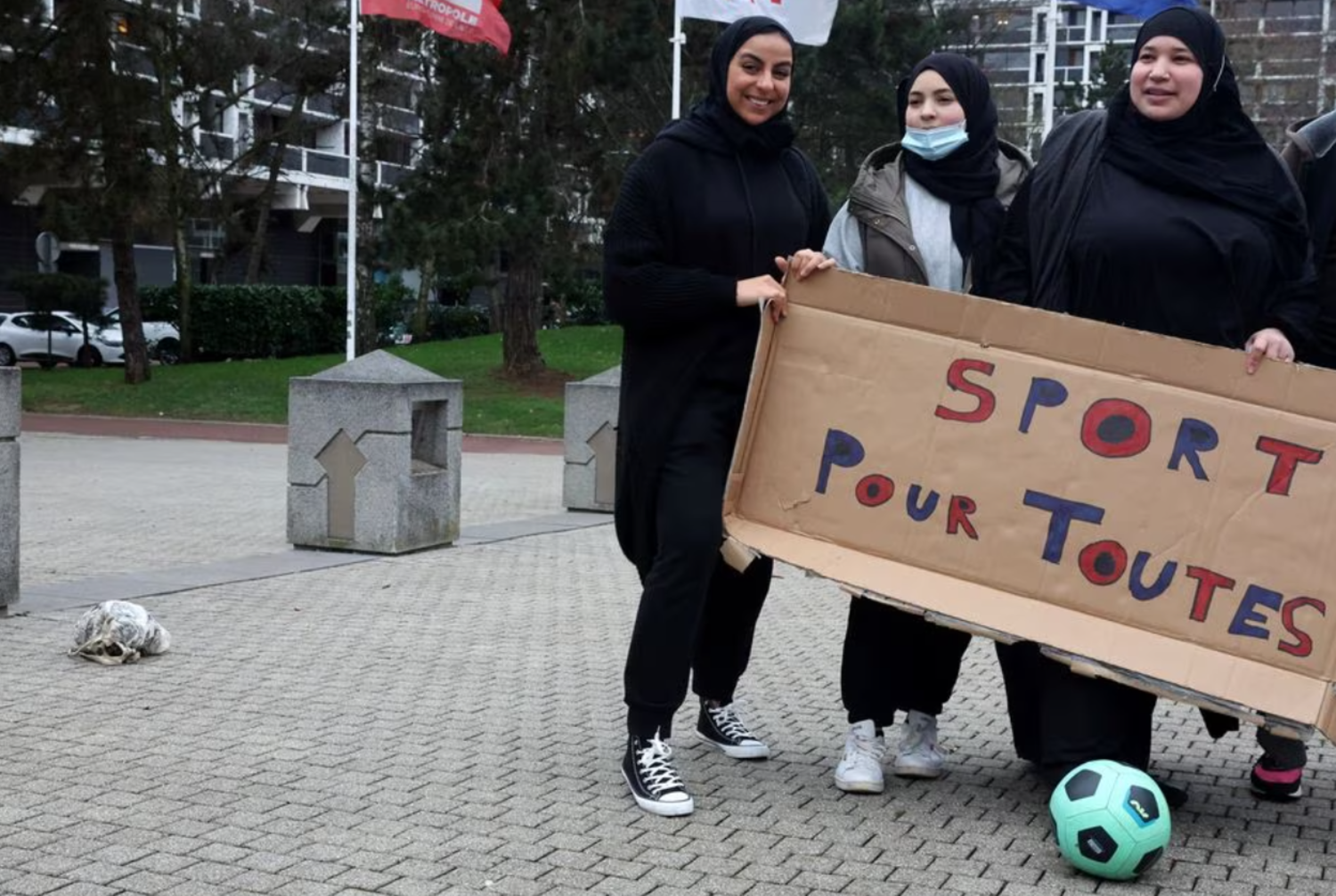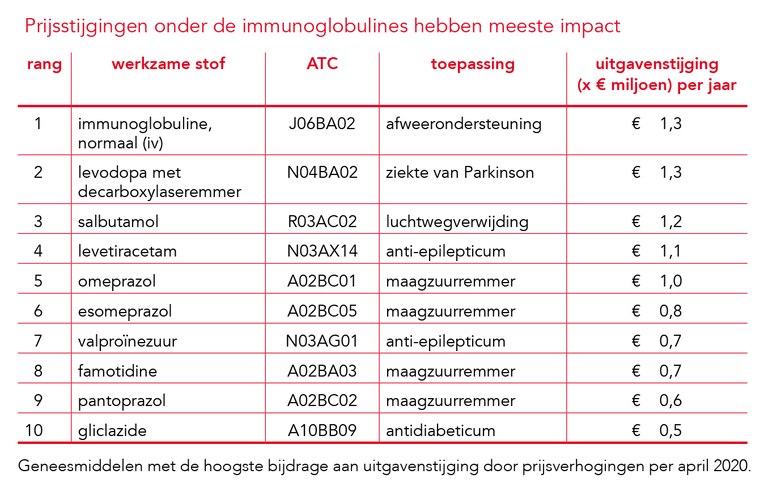Proposed French Law: Banning Hijabs In Public For Girls Under 15

Table of Contents
The Proposed Law's Specifics
The proposed French law aims to prohibit girls under the age of 15 from wearing the hijab in designated public spaces. While the exact wording is still under debate, the core aim is clear: to restrict the visibility of the hijab among young girls. The legislation faces significant hurdles in its definition and implementation.
- Precise age limit: The law explicitly targets girls under the age of 15, raising questions about the developmental stage and capacity for independent decision-making at this age.
- Definition of "public space": The scope of "public space" remains unclear, potentially encompassing schools, streets, public transport, and other areas accessible to the public. This ambiguity could lead to inconsistencies in enforcement.
- Proposed sanctions: Penalties for non-compliance are likely to target parents or guardians, possibly including fines or community service. The severity of these sanctions is still under discussion and will be a crucial aspect of the final legislation.
- Exceptions: At this stage, no significant exceptions to the ban have been proposed. This lack of flexibility raises concerns about potential unintended consequences and injustices.
Arguments in Favor of the Ban
Proponents of the ban primarily frame their arguments around the principle of laïcité (secularism) and the protection of minors. They argue that the hijab, especially on young girls, represents a potential infringement on these core French values.
- Laïcité and Secularism: Supporters emphasize the importance of maintaining a strictly secular public sphere, free from religious displays, particularly those perceived as potentially coercive toward minors.
- Protection of Minors: Concerns are raised about the possibility of young girls being pressured or coerced into wearing the hijab against their will. The ban is presented as a protective measure safeguarding their autonomy and freedom of choice.
- Integration and French Values: Some proponents argue that the ban promotes better integration of Muslim communities into French society and reinforces a shared sense of national identity based on secular principles.
- Safeguarding Children's Rights: The argument is made that the ban protects the rights of the child to a secular education and to be free from religious pressure at a young age.
Arguments Against the Ban
Opponents of the proposed law raise serious concerns about religious freedom, discrimination, and the potential ineffectiveness of the measure. They argue that the ban infringes upon fundamental human rights.
- Violation of Religious Freedom: Critics argue that the ban infringes upon the fundamental human right to freedom of religion, guaranteed by international conventions. They view it as discriminatory targeting a specific religious group.
- Increased Discrimination and Stigmatization: The ban is feared to further marginalize and stigmatize Muslim girls, potentially leading to increased social exclusion and bullying.
- Ineffectiveness and Marginalization: Opponents argue that the ban could prove ineffective, driving the practice underground and potentially exacerbating existing tensions between the state and Muslim communities.
- Respect for Parental Rights: Critics emphasize the importance of respecting parental rights and family autonomy in matters of religious upbringing and expression.
International Context and Comparisons
The proposed French law is not unique in its attempt to regulate religious attire in public spaces. However, the specific targeting of young girls under 15 sets it apart from many similar debates in other countries.
- Comparison with Other European Countries: While some European countries have debated similar legislation, few have implemented such a strict age-based restriction on the hijab. This raises questions about the proportionality and effectiveness of the French approach.
- International Human Rights Standards: The proposed law will likely face scrutiny in light of international human rights standards that protect freedom of religion and expression. The balance between these rights and the state's interest in protecting minors will be central to legal challenges.
- Integration Models: Successful integration models in other countries often prioritize dialogue, education, and inclusive policies, rather than restrictive bans that can further alienate communities.
Potential Consequences and Impact
The passage or failure of this law will have significant consequences for France, impacting social cohesion, political discourse, and the legal landscape.
- State-Community Relations: The law's passage could severely strain relations between the French state and Muslim communities, exacerbating existing tensions and mistrust.
- Social Tension and Polarization: The debate surrounding the law has already heightened social divisions. The implementation of the ban could further polarize French society.
- Legal Challenges: The law is highly likely to face numerous legal challenges, potentially reaching the European Court of Human Rights.
- Long-Term Effects on Integration: A restrictive approach could hinder the successful integration of Muslim girls into French society and reinforce feelings of exclusion and alienation.
Conclusion
The proposed French law banning hijabs for girls under 15 presents a complex dilemma, pitting the principle of laïcité and the protection of minors against the fundamental rights to religious freedom and non-discrimination. The arguments for and against the ban highlight deeply held values and beliefs, with potential far-reaching consequences. The debate requires careful consideration of the potential social, political, and legal ramifications. Stay updated on the proposed French law banning hijabs, learn more about the debate surrounding this controversial legislation, and engage in informed discussion about the French hijab ban to understand the implications of this proposed law.

Featured Posts
-
 Porsche Classic Art Week 2025 Eksibisi Seni And Otomotif Di Indonesia
May 25, 2025
Porsche Classic Art Week 2025 Eksibisi Seni And Otomotif Di Indonesia
May 25, 2025 -
 Yurskiy 90 Let So Dnya Rozhdeniya Intellekt Ostroumie Paradoksy
May 25, 2025
Yurskiy 90 Let So Dnya Rozhdeniya Intellekt Ostroumie Paradoksy
May 25, 2025 -
 Na Uitstel Trump Aex Beurzen Klimmen
May 25, 2025
Na Uitstel Trump Aex Beurzen Klimmen
May 25, 2025 -
 B C Billionaires Pursuit Of Hudsons Bay Leases A Real Estate Power Play
May 25, 2025
B C Billionaires Pursuit Of Hudsons Bay Leases A Real Estate Power Play
May 25, 2025 -
 Chinese Tennis Triumph Quarterfinal Spot At Italian Open
May 25, 2025
Chinese Tennis Triumph Quarterfinal Spot At Italian Open
May 25, 2025
